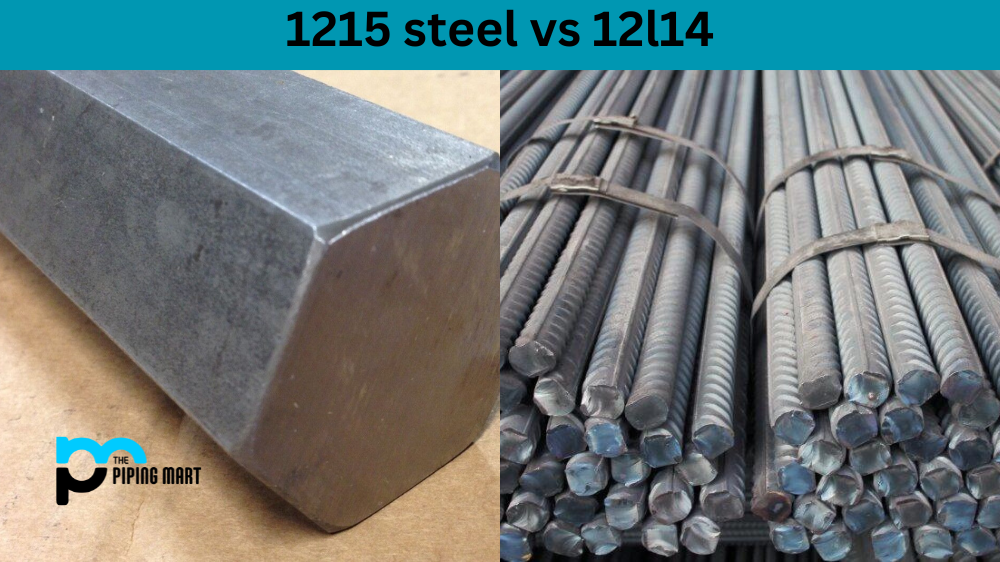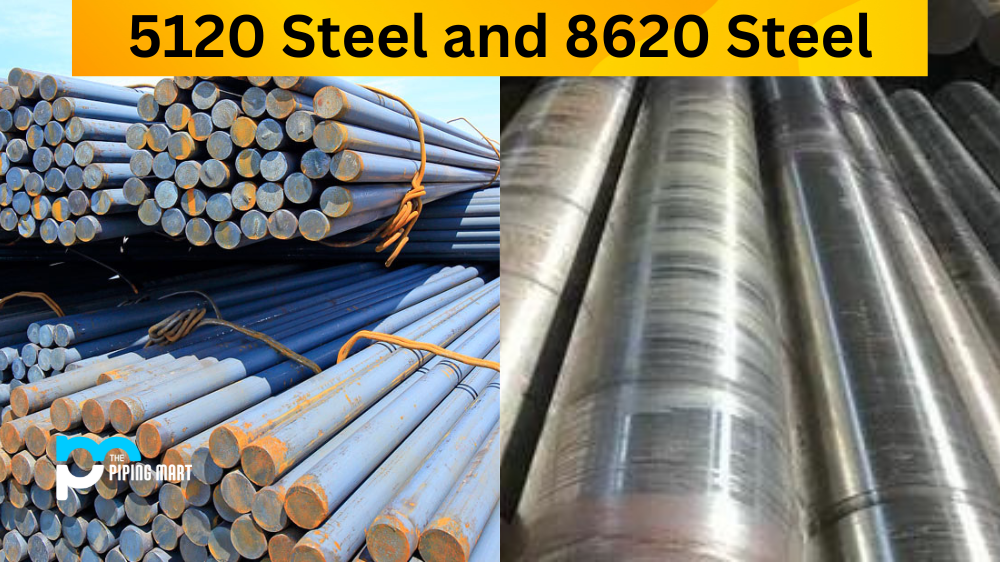What is 1215 Steel?
1215 steel is a low-carbon steel typically used for machining and fasteners. It has good weldability and machinability properties and can be heat treated to improve its strength and hardness.
Steel is the most widely used metal in manufacturing, offering several advantages over other materials. It is tough, durable, and can withstand extreme conditions, which makes it an ideal choice for producing industrial equipment, components, and machinery. However, not all steel is created equal, and it’s essential to understand which type suits your project best. This post will delve into the difference between two popular steel alloys, 1215 steel, and 12L14 steel, comparing their composition, properties and applications.
What is 12L14 Steel?
12L14 steel is a low-carbon steel typically used for cold heading and cold forming applications. It has good weldability and machinability properties and can be heat treated to improve its strength and hardness.
Difference Between 1215 Steel and 12L14 Steel
The main difference between 1215 steel and 12L14 steel is that 1215 steel contains less carbon than 12L14 steel. This gives 1215 steel better machinability properties than 12L14 steel but makes it more susceptible to corrosion.
Second difference between 1215 steel and 12L14 steel is that 1215 steel does not contain lead, while 12L14 steel does contain lead. Additionally, 12L14 steel has slightly better machinability than 1215 steel.
Applications of 1215 Steel
1215 steel is typically used for machining applications such as screws, bolts, and other fasteners. It can also be used for cold heading applications such as nails and rivets.
Applications of 12L14 Steel
12L14 steel is typically used for cold-forming applications such as wires, nails, and rivets. It can also be used for cold-heading applications such as screws and bolts.
Conclusion
In summary, the main differences between 1215 steel and 12L14 steel lie in their composition, mechanical properties, and applications. Both are easy to machine and form, but 1215 steel is excellent for producing parts that require a smooth surface finish, while 12L14 is more suitable for intricate parts with great detail. Regarding strength and hardness, 12L14 steel is the better option, as it can be heat-treated to increase its resistance to wear and tear. The choice of steel alloy depends mainly on the project requirements and the specific properties needed for the end product. By understanding the differences between these steel alloys, you can decide which material to use for your project.

A passionate metal industry expert and blogger. With over 5 years of experience in the field, Palak brings a wealth of knowledge and insight to her writing. Whether discussing the latest trends in the metal industry or sharing tips, she is dedicated to helping others succeed in the metal industry.




